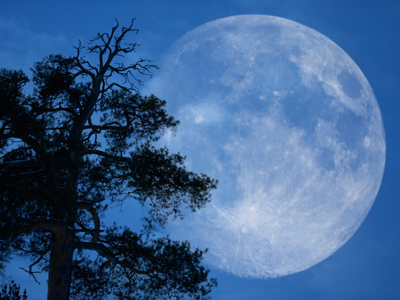
Evidence for Climate Change
One of the main topics in GCSE Geography is climate change, or global warming. This is one of four quizzes on the subject and it looks specifically at the evidence for the theory of global warming.
How can you measure sea level change? Imagine you are standing at the beach with a ruler. The waves come in and out changing the sea level there over seconds. Each day the tidal cycle changes the sea level and that changes during the lunar cycle. Even If you can prove that the sea level has changed - is it really the sea level changing, or is the land rising or falling?
New technologies, including satellites, are allowing scientists to measure the small changes that show that the world's climate is altering faster than ever before. The main areas of evidence that you need to be aware of include sea level rise, global temperature rise, warming oceans, shrinking ice sheets, declining Artic sea ice, glacial retreat, extreme events, ocean acidification and decreased snow cover.
Scientists have been aware that CO2 is a cause of global warming since the mid-1800s, but it’s taken over 150 years for governments to come together to start tackling the issues caused by the uncontrolled release of greenhouse gases into the atmosphere. Whilst you might read information that disagrees with this, and be told that climate change is a myth, the majority of scientists agree that anthropogenic, or man-made, climate change is occurring. Using computer models scientists are able to predict what is happening and what the future holds with a reasonable degree of certainty.
The evidence for climate change is overwhelming. The massive amounts of data that can be gathered from monitoring stations, satellites, and even data from ships and mobile data gathering sensors are building up a clearer picture regarding where our climate is at present and where it’s going.
Ready for more?
not all...
quizzers. Try to win a coveted spot on our Hall of Fame Page.







